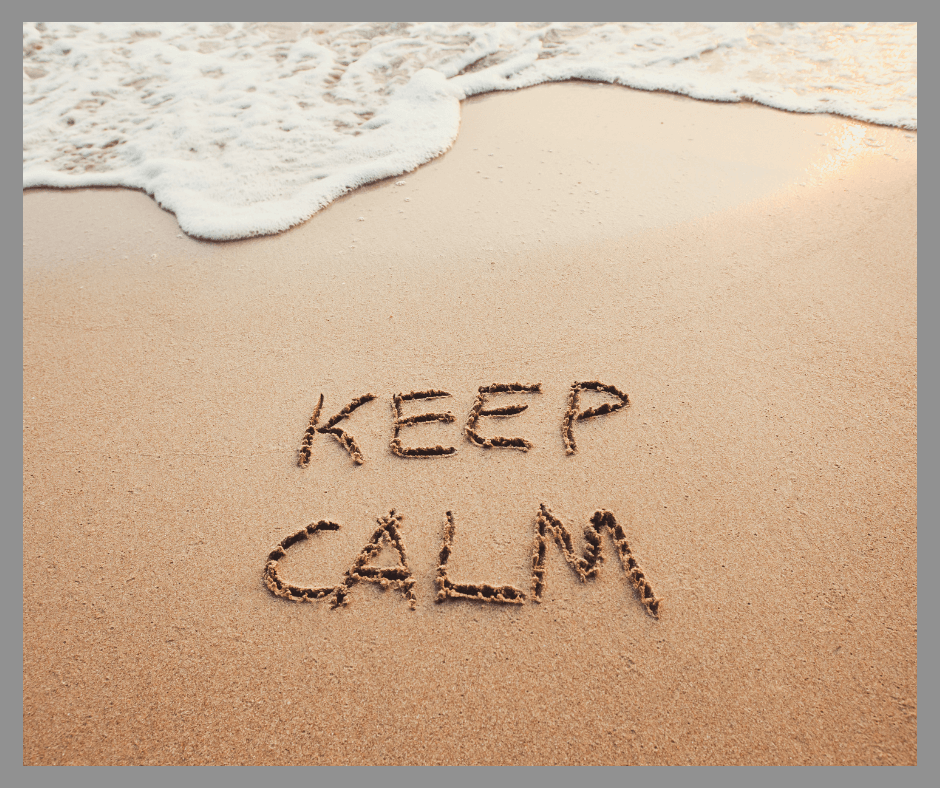Are you familiar with the term, single tasking?
Until recently, it was not a phrase I had ever heard.
Single tasking is like a superpower. It can lower anxiety and frustration, and boost productivity.
If single tasking were available in pill form, we would all line up to get our dose.
Part of my job requires submitting time intensive monthly reports.
I have a very limited window of time between the point I receive the information until the deadline to submit the reports.
Every month, for three days, I eliminate all distractions, shut myself in my office and work solely on preparing the monthly reports.
After hitting the submit button, I heave a sigh of relief and resume my normal job duties.
During those three days, even though I am working under high pressure, I am often less stressed and frustrated than on a normal working day.
Why that was the case was a mystery until I happened on the term, single tasking and experienced a lightbulb moment.
During those three intense days, I intuitively single task. I focus solely on preparing reports to the exclusion of almost everything else.
What is single tasking?
Single tasking is simply the practice of focusing on one thing at a time while reducing or eliminating potential interruptions until the task is complete or a set period of time has passed.
Single tasking is the opposite of multi-tasking.
Multi-tasking is the ability, or perceived ability, to focus on and do multiple things at one time.
Multi-tasking is perceived to be a good trait. If you can focus on and carry out multiple tasks simultaneously, it stands to reason that you are able to get more done in a smaller amount of time.
Research has shown that is not the case.
When multi-tasking, you aren’t really doing many things at once. It just appears and feels that way. What’s actually happening during multi-tasking, is that your attention and focus are rapidly task switching.
Rapidly switching focus causes your brain to overload, resulting in increased frustration and anxiety and more mental exhaustion.
Think of multi-tasking as self-afflicted ADD.
How often does the average person multi-task?
It is both surprising and alarming when you intentionally track your multi-tasking activity.
In the few minutes that I have been working on just this paragraph, I have received and responded to a Facebook chat message and a text message.
Immediately responding to distractions is an automatic reaction. After all, you want to deal with the distraction and move on.
However, each response broke my focus and required me to backtrack, read what I had just written and pull my thought processes back to my writing.
According to a quick internet search, the average person responds to eighty-five texts a day. And that is just texting.
Our time is split all day long on texting, phone calls, emails and everyday life distractions.
At this point, it is the norm and it is the ultimate brain drain.
What are the benefits of single tasking?
Both you and your tribe deserve the best version of you that you have to offer.
Single tasking allows you to be a more productive, less stressed version of yourself.
Instead of having a myriad of tasks at various stages of completion, one thing gets completed prior to starting something else.
Completing a task gives an immediate sense of satisfaction which in turn lowers frustration and anxiety levels and boosts productivity.
Intentionally single tasking aids in learning to focus. If you have trouble staying focused, intentionally practice single tasking as a way to retrain your brain.
Single tasking is beneficial to brain health well into old age.
What does single tasking have to do with everyday life?
The beauty of single tasking is that it isn’t just for completing large projects.
It can be an effective practice for everyday life, even for small tasks.
When was the last time you went to feed the dogs, decided to make the coffee first, used the water to water the flowers instead of making coffee, and as you grab your stuff to run out the door, utter a four- letter word and return to feed the poor dogs? (True story.)
Every single day I experience some version of that scenario.
Focusing on feeding the dogs to the exclusion of everything else is a great example of single tasking at home.
And, honest to goodness, it can turn your day around.
If you want to enjoy the benefits of single tasking, be intentional and start small.
Pay attention to what you’re doing and don’t get side-tracked.
If your goal is to put the clothes in the dryer, don’t deviate from the plan. Put the clothes in the dryer.
If you have a squirrel moment, ignore the squirrel.
Unless there is an honest to goodness emergency, almost everything can wait for the three minutes it takes to switch the clothes from the washer to the dryer.
Repeat that for any and every task throughout the day.
You are single tasking!
Minimize technology distractions.
I am completely convinced that the majority of our brain drain is the result of the onslaught of technology.
Experiment with ways to limit technology distractions.
For larger tasks, set a time limit.
Even while single tasking, your brain can only stay focused for a certain period of time. Incorporate short breaks to maintain productivity.
Even during my three days of virtual isolation, I take frequent breaks to walk, eat, and talk to my coworkers.
Breaks allow you to refresh and recharge.
If you are looking for a way to reduce frustration and anxiety and increase productivity, look no more.
Start enjoying the benefits of single tasking today!
TAKE ACTION!!!
Never miss a post and be part of my blogging tribe!
Sign up for Micki’s Little Letter
Like it? Share it! (It’s a little thing that means a lot to me!)
